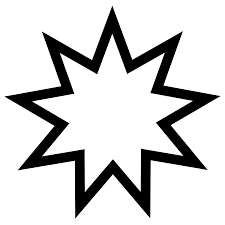Martha Root
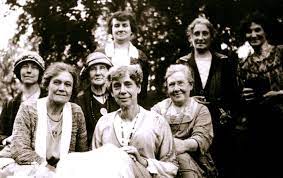
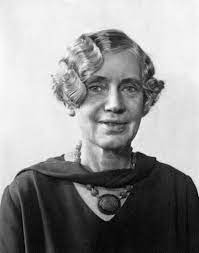
Martha Root was an early Bahai travel teacher.
She traversed the world 4 times, teaching the Bahai faith to any who would listen.
Martha Louise Root was born in 1872, and died in 1939.
A university graduate, she was a journalist by profession.
From the declaration of her belief in 1909 until her death thirty years later, she went around the world four times.
It takes a lot of courage to travel the world with very little money, no security, into countries you know nothing about. This was a courageous woman.
Shoghi Effendi, the guardian of the faith, called her "the foremost travel teacher in the first Baháʼí Century", and appointed her a Hand of the Cause posthumously.
She literally gave hundreds of talks, at esperantists, at theosophists, everywhere. She also visited and sent Bahai material to heads of state and public figures.
Queen Marie of Romania became a Bahai because of books sent to her by Martha Root. In Japan she wanted to send Bahai literature to the emperor, but was prevented by the US embassy.
Leonara Armstrong
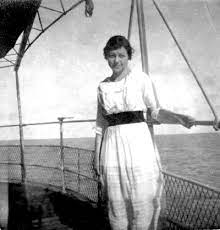
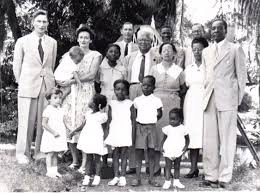
Leonara Armstrong was an amazing woman.
In the year 1921, at the age 25, she pioneered from the US to Brazil in response to AbdulBahas call for pioneers to spread the good message.
It takes a lot of courage to go to a country so far away with little money and no knowledge of the language.
Today there are 50,000 Bahais in Brazil, as the result of seeds planted by this good lady.
Her grandmother became a Bahai in the year 1906, and taught the faith and Bahai prayers to her granddaughters.
Leonaras plans to pioneer was in response to the publication of Abdulbahas tablets of the divine plan in New York in the year 1919.
She immediately wrote to ʻAbdu'l-Bahá, offering herself in service and His reply to her was:
"Thou hadst expressed thy great wish to be of service to the Divine Threshold and to heal the infirm with the Divine Panacea--the infirm who is afflicted with passion and self.
Spiritual malady is more severe than physical illness for it may be that the latter may be converted by the least remedy into health and vigor,
while the former will not be cured by a thousand well-known remedies ... My hope is that thou mayest become a spiritual physician."
She is called the Spiritual Mother of Bahais of South America. She was the first Bahai to live in Brazil.
In Brazil she translated Bahai literature into Porteguese, and also Spanish.
She never had any children of her own. She married a widower, and adopted and cared for a number of orphans.
Leonara Stirling Holsapple Armstrong. 1895-1980.
Mustafa Siyyid Rumi
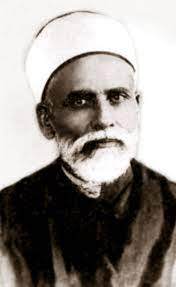
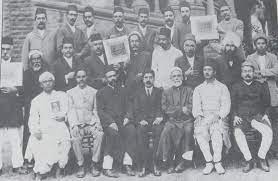
Mustafa Siyyid Rumi was an early Bahai who spread the good news to India. He was murdered in Burma in the year 1945.
Today there is a village called Daidandaw "AbdulBaha village" there, whos residents are all Bahais.
He was born in Iraq, in Karbila, but moved to India at the age of 4. H became a Bahai when he met the travel teacher Jamal Effendi in 1876. His plans to go to Iraq and establish a business there changed,
and he spent the rest of his life spreading the good message, mainly in what was British India.
Daidandaw: The head of the village had heard of the faith after 2 Bahais helped him in a legal dispute. After hearing the message, 800 members of the village became Bahais.
Mustafa Siyyid Rumi translated a lot of Bahai literature into Urdu and Burmese, and additionally wrote books also.
In the 1880s the Bahais of Burma constructed a sarcaphagus for the remains of the Bab, and this was taken to the holy land, where it was presented to Abdulbaha.
In 1945, amid nationalist tensions and violence, he, along with other Bahais of Daidandaw, was murdered by fanatics.
Mustafa Siyyid Rumi 1846-1945.
Ruhiyyeh Rabbani
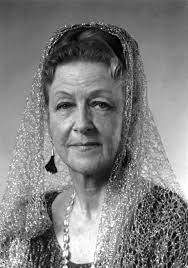
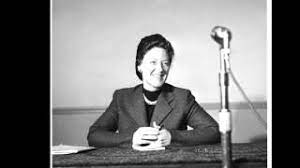
Ruhiyyeh Rabbani, born Mary Maxwell, was the widow of the Guardian of the faith.
She was born into a wealthy family in New York, but was raised in Montreal Her mother, May Maxwell, was one of the first Bahais of North America.
Following her marriage to Shoghi Effendi, she assumed the name Amatulbaha Ruhiyeh Khanum.
For 20 years, from 1937 to 1957, she acted as secretary and assistant to Shoghi Effendi. In 1952 she was appointed as a hands of the cause of God.
She was also a member of the custodians, who directed the Bahai community following Shoghi Effendis death until the election of the House of Justice.
Following his death, she travelled the world teaching the faith. She traveled to over 185 countries, teaching and encouraging the Bahai communities there.
Amongst her travels were the great African safari, and the green light expedition to South America. In both trips she travelled with minimal security, to reach villages where there were Bahais,
and to teach the faith to others.
Rúhíyyih Rabbání 1910 - 2000
May Maxwell
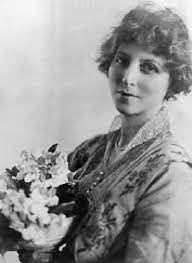
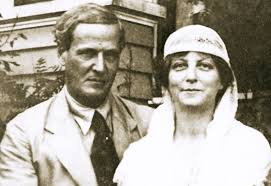
May Maxwell, was one of the first Bahais of North America. She was the mother of Mary Maxwell, who married Shoghi Effendi, guardian of the faith.
She had spiritual dreams before she became a Bahai. She dreamt she was held by angels in the air, and she could see the letters 'B' and 'H'. She also dreamt of Abdulbaha before she met him.
From a rich New York family, she was one of the first groups of western pilgrims to visit Abdulbaha, going to Palestine with Pheobe Hearst.
Of meeting Abdulbaha she wrote: "Of that first meeting I can remember neither joy nor pain nor anything that I can name. I had been carried suddenly to too great a height; my soul had come in contact with the
Divine Spirit; and this force so pure, so holy, so mighty had overwhelmed me."
Following her return to north America, She started to teach the faith.
Aged 86, she travelled to Argentina, in order to spread the good message there. Her niece was already there. She died of a heart attack 3 days after she arrived there.
May Maxwell 1870 -1940
Susan Moody
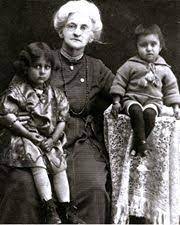
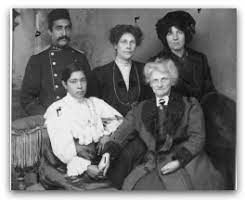
Susan Moody was an early American Bahai. Born in 1853, she became a Bahai in 1903. Following a request by Iranian Bahais for a lady doctor to be found, she was asked to migrate to Iran
and work there as a womens doctor.
She arrived in Iran in 1909, and practiced medicine there. She also worked as a headmistress of the Tarbiyyat girls school. This school was closed on the orders of the Shah in the 1930s.
In 1925 Susan Moody returned to the United States because of the persecution of the Bahai community in Iran. She returned there in the year 1928 at the request of Shoghi Effendi.
She died in the year 1934, and is buried in Iran.
Dr Susan Moody 1851-1934
Agnes Alexander
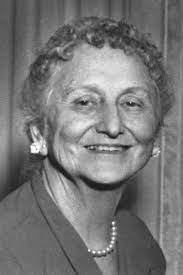
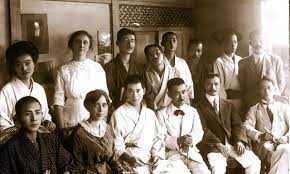
Agnes Alexander was an early American Bahai from Hawaii. She pioneered to Korea and Japan, where she taught the new gospel, for 30 years.
She was born to missionary parents. She was introduced to the faith whilst in Italy, having met two Bahais who were returning from the holy land.
She had an epiphany, an experience, which she described as neither a dream nor a vission, after which she embraced the faith.
At the request of Abdulbaha, the head of the faith, she pioneered to Japan in 1914. In 1921 she went to Korea in order to teach the faith there. She spent over 30 years in Japan and Korea.
She used Espernto extensively in her teaching work.
She was appointed as a hand of the cause in 1957 by Shoghi Effendi.
She died in 1971, and is buried in Hawaii
Agnes Alexander 1875-1971
Dr John Esslemont
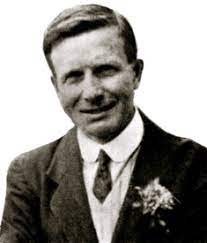
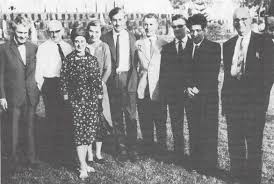
Dr John Esslemont was an early British Bahai. He is the author of "Bahaullah and the new era" which has become the standard introductory text book for learning about the faith, for many years now.
From Scotland (there is a street named after him in Aberdee, Scotland), he heard of the faith from the wife of a colleague. He became a Bahai in the year 1915.
A doctor, he was also a linguist and proficient in English, French, Spanish, German, Esperanto, Persian and Arabic.
In 1916 he started to write the Book 'Bahaull and the new era'. AbdulBaha invited him to Palestine, where he made suggestions to how the book should be written.
Dr Esslemont also served on the National Spiritual Assembly of the Bahais of Britain.
He died of tuberclosis in the year 1925, and is buried in Palestine, today Israel.
Dr John Esslemont 1874-1925
Lua Getsinger
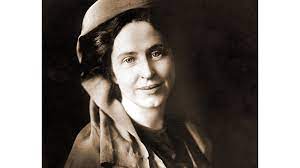
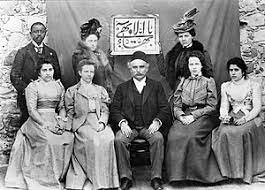
Lua Getsinger was one of the earliest Bahais of North America, becoming a Bahai in the year 1997.
Born in upstate New York, she dreamt that "The King has come", and shortly afterwards became a Bahai.
She made a pilgrimage to Palestine repeatedly, and became a prominent disciple of Abdulbaha.
He asked her to petition the Shah of Iran for the persecution of the Bahais there to cease.
She was also asked to go to India to teach the faith there.
In addition to visiting Palestine repeatedly, she also taught the faith in teaching trips throughout the united states.
She was named "Herald of the covenant" and "Mother teacher of the American Bahai community"
She died unexpectedly of heart failure, aged 43, and is buried in Egypt.
Lua Getsinger 1871 - 1916
Mirza Abdul Fadl
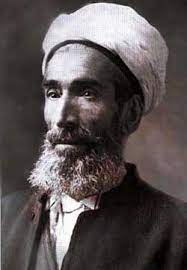
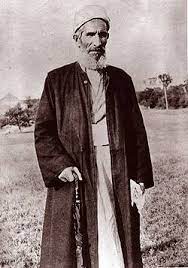
Mirza Abdul Fadl was a foremost Bahai scholar of the late 19th and early 20th century.
He taught the faith in Iran, Turkmenistan, Egypt and the United States, and wrote books about the faith.
Born near Gulpaygan to a religious family, he trained as a theologian. He became a Bahai in the year 1876. He worked as a teacher of Zoarastrian children,
and helped in bringing Iranians of Zoarastrian and Jewish communities into the faith.
He was imprisoned 3 times for about 2 years because of his Faith.
He is buried in Egypt
Mirza Abdul-Fadli Gulpaygani 1844-1914
Bill Sears
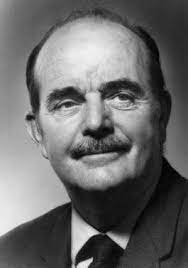
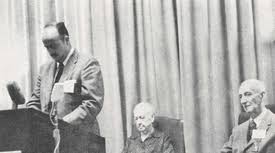
Bill Sears was an American Bahai of the 20th century who spent his life teaching the faith. He was appointed as a hand of the cause. He pioneered to south Africa, where he taught the faith.
Born in 1911, he had dreams as a child of AbdulBaha, as a shiny man who appeared in his dreams. When he met his second wife who was a Bahai, he became a Bahai.
A broadcaster and a writer, he gave up an extremely lucrative career on tv to pioneer for the faith.
He spent his life teaching the faith, mainly in the United States and in South Africa.
He also travelled extensively teaching the faith.
Bill Sears 1911 - 1992
